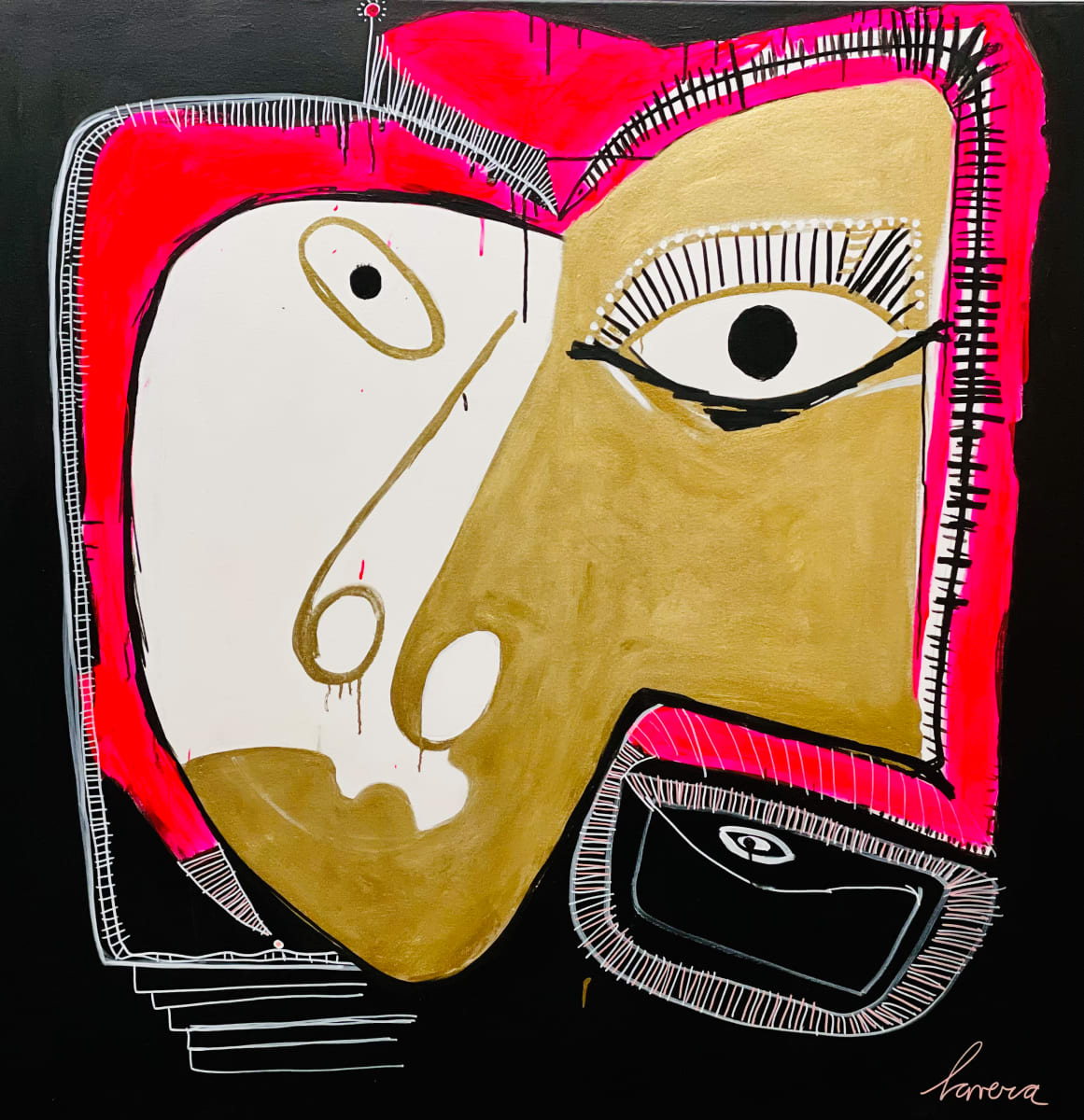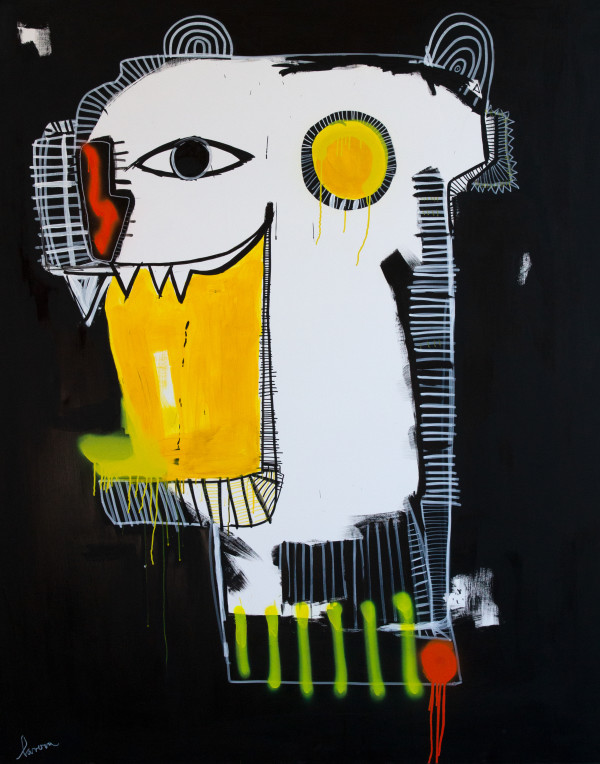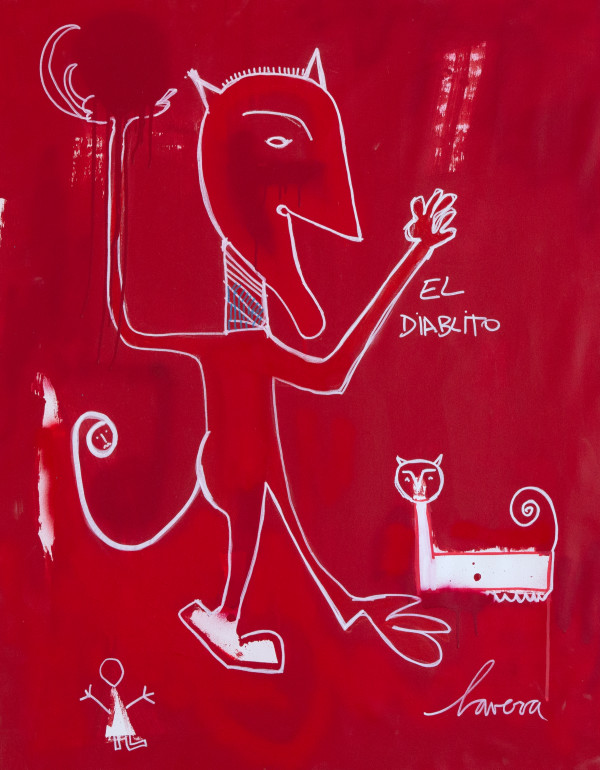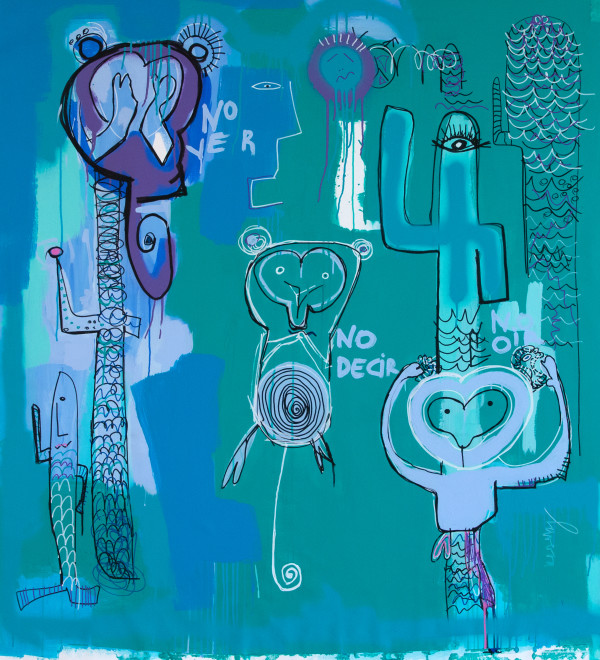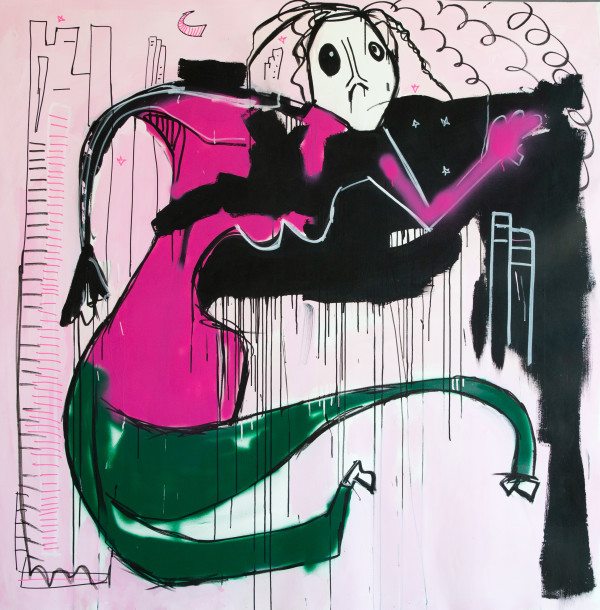
Fernanda Lavera
Ciudad Autónoma de Buenos Aires, Buenos Aires
María Fernanda Lavera is a cotemporary artist, from Buenos Aires, Argentina.
MessageThroughout the three millennia of ancient Egypt, only five women are known to have ruled as Pharaoh Queens. Unlike their male counterparts, a woman’s role was not merely to wield absolute power, but to serve as the guardian and protector of her country—and of her husband, standing in his shadow.
In the 18th dynasty, the beautiful and ambitious Hatshepsut, daughter of Thutmose I and wife of Thutmose II, found herself widowed. In an unprecedented act, she displaced her husband’s eldest son, Thutmose III—citing his young age and questionable royal lineage—and proclaimed herself Queen Pharaoh, chosen by the god Amon.
Her reign lasted 22 years, from 1479 to 1457 BC, until the day of her death. She sought to establish a female dynasty, but her vision was shattered with the sudden deaths of her daughter and her lover—likely at the hands of Thutmose III.
Inspired by Hatshepsut’s story, from New York City, I bring La Faraona (The Pharaoh) to life with gold pigments.
Other Work From Fernanda Lavera
Powered by Artwork Archive
